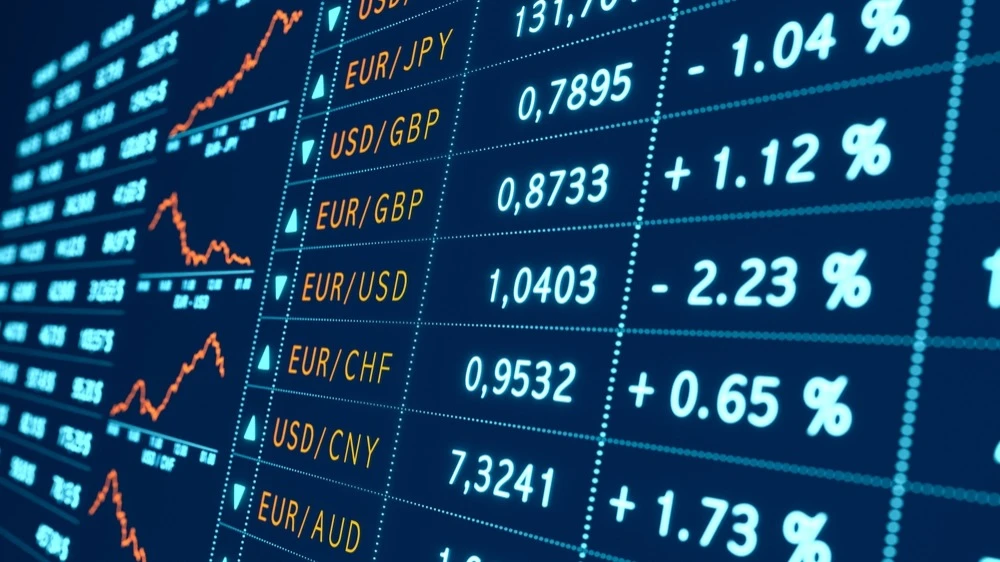The dollar has its best July since 2019. What will happen to the exchange rate next?
The dollar is coming out of a prolonged downward streak - July could be its first month of gains since December

The dollar index has added 2.1% since the start of the month. If the pace continues, this will be its best July since 2019, when it gained 2.5%. The dollar had been declining against all major currencies in the first half of 2025, and Wall Street expected the downtrend to continue: expectations of a Fed rate cut, prospects for a weaker U.S. labor market and foreign investors hedging their dollar holdings supported forecasts for the euro to rise toward $1.20, a level not seen since 2021.
Why the dollar is rising
The perception of the trade agreement with Europe as favorable for the U.S. was the main reason for the strengthening of the dollar in July. Societe Generale FX strategist Olivier Korber noted that although the deal removed the threat of an escalating trade war, the currency market perceived its terms as "asymmetric and unbalanced," which sharply worsened sentiment toward the euro, writes Barron's. The result was the so-called position squeeze: traders, who bet on the growth of the euro and the fall of the dollar, were forced to close unprofitable positions, accelerating the collapse of the European currency. Foreign policy signals also provide additional support to the dollar. Despite the uncertainty in a number of areas - in particular, with Canada and Mexico - the U.S. managed to conclude trade agreements with Japan, Indonesia and the Philippines before the deadline on August 1. This reduced fears that Washington was distancing itself from its allies.
The U.S. return to international cooperation has "nullified" the reasons for the dollar's March-June sell-off, including doubts about its status as the world's reserve currency, announced Macquarie strategist Thierry Wiseman.
What's next for the dollar
Traders trying to forecast the dollar are watching the euro. On July 29, trading in the European currency closed at $1.1547 - below the 55-day moving average. Such a move is considered a technical signal of a continued downtrend. Nevertheless, Wall Street currency strategists are in no hurry to abandon their forecasts for dollar weakness in the second half of the year, stresses Barron's.
Investors' desire to reduce the dependence of portfolios on U.S. assets will continue in 2025 and lead to a moderate strengthening of the euro and yen against the dollar, according to Macquarie's Wiseman. Citi currency strategist Daniel Tobon warned that U.S. labor market data, which is scheduled to be released on August 1, could put pressure on the dollar.
Context
On July 30, the dollar interrupted four days of gains and fell against a basket of other major currencies as investors took a wait-and-see stance ahead of the outcome of the U.S. Federal Reserve meeting, writes Trading Economics. In addition, two days of talks between the United States and China in Stockholm ended July 29 with nothing, reports Politico. The two sides pledged to seek an extension of the trade truce, which expires Aug. 12, but no agreement was reached. After the talks, U.S. Treasury Secretary Scott Bessent attempted to reduce the negativity: "The talks were very constructive. It's just that we haven't given a final agreement yet."
This article was AI-translated and verified by a human editor
